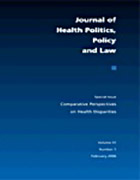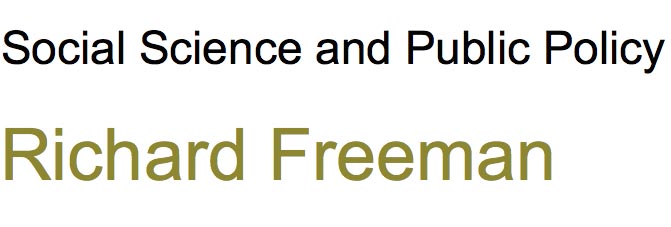 At the center of the politics of health equity, in many countries and circumstances, stands a signal report of research. This article is concerned with what might be described as the architecture of such documents, including how they are produced and organized and the relationships they demonstrate with others that parallel, precede, and succeed them. The article examines how scientific and political authority is established and comments on the evidence of cross-national learning that these documents reveal. It discusses differences in how the problem of health equity is constructed in different countries and how research findings are converted into policy recommendations. It begins to trace a process of implementation by noting how these documents are referred to and written about. The argument is that the politics of health equity are expressed or realized in the documents and reports, which are its principal vehicle. This is not to claim that there is no world beyond the text or that the world somehow is a text, but that to fully understand that world we must understand the text and the work it does.
At the center of the politics of health equity, in many countries and circumstances, stands a signal report of research. This article is concerned with what might be described as the architecture of such documents, including how they are produced and organized and the relationships they demonstrate with others that parallel, precede, and succeed them. The article examines how scientific and political authority is established and comments on the evidence of cross-national learning that these documents reveal. It discusses differences in how the problem of health equity is constructed in different countries and how research findings are converted into policy recommendations. It begins to trace a process of implementation by noting how these documents are referred to and written about. The argument is that the politics of health equity are expressed or realized in the documents and reports, which are its principal vehicle. This is not to claim that there is no world beyond the text or that the world somehow is a text, but that to fully understand that world we must understand the text and the work it does.
Source: Journal of Health Politics, Policy and Law 31 (1) 51-70
